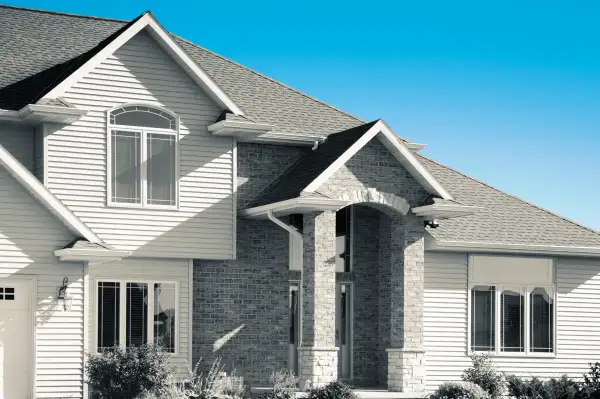Sub-3% Mortgage Rates Are Back. How Fast Do Buyers Need to Act?

What seemed highly unlikely just a month ago has happened. Mortgage rates have once again dropped below 3%, with the average rate for a 30-year fixed rate mortgage hitting 2.97% today, according to Freddie Mac.
Lower rates will make home buying more affordable for borrowers who can get them, but most experts don’t see these super low rates sticking around for long.
Getting pre-approved for a loan and locking in a low rate now can make it easier to move fast on a home purchase. In today’s tough market, those who already have their financing worked out will have the advantage.
The path to sub-3% mortgage rates
The 30-year mortgage rate dipped below 3% for the first time ever last July as a result of the economic standstill caused by the COVID-19 pandemic and the Federal Reserve’s promise to keep money flowing. Rates remained under 3% for the rest of the year, hitting an all-time low of 2.65% the first week of January before beginning a steady climb.
Mortgage rates re-crossed the 3% mark on March 4 and rose steadily throughout the month, reaching 3.18% on April 1. The increases, says Joel Kan, associate vice president of economic and industry forecasting for the Mortgage Banker Association, were due to an improving outlook on the economic recovery.
“Over the same span of time there was much more optimism about the economic recovery continuing picking up in 2021,” says Kan.
Factors like the increasing pace of COVID-19 vaccination, employment gains, and strengthening retail sales and manufacturing production were all pointing to a strong economic recovery.
As the data started to point toward a faster than expected recovery, investors who buy government bonds saw potential for more government spending and for inflation. That sent the yield on the 10-year Treasury note above 1.7%. Since mortgage rates tend to follow the 10-year, as yields rose, so did mortgage prices.
So, if everything is going in the right direction, why are rates reversing course?
In March, the Fed reaffirmed its commitment to keeping rates low and letting inflation run above its target goal of 2% until the economy has fully recovered, which could take another year or more.
Even though the economy has come a long way from the depths of the pandemic, we’re still not out of the woods. There are still over 8 million unemployed in the U.S. and about 17 million who are taking advantage of some form of pandemic-related unemployment programs. The pandemic may be closer to being over, but it’s not over just yet.
How long will mortgage rates below 3% last?
Kan believes that the expectation of a quicker return to normal has become the norm, so any news that may be less than positive can move mortgage rates in the short term. (For example, the pause in using the Johnson & Johnson vaccine.) However, he expects rates to trend higher overall.
“Now there’s a bit of volatility when maybe the news or data that are being released [isn’t] as rosy,” says Kan. “I think at the end of the day we will see rates higher, it’s just we might see a few isolated weeks or months where we might see a downward trend for a little bit.”
Lawrence Yun, chief economist for the National Association of Realtors, also doesn’t expect rates to stay below 3% for long.
“I think mortgage rates will remain near or at 3.1% for the second quarter of 2021, showing little change over the next few weeks,” Yun says.
Kan agrees. Noting that the MBA is still forecasting rates to increase to 3.5% by the end of the year.
More from Money:
Current Mortgage Rates Are Below 3% For The First Time Since February
7 Easy Tips for Refinancing Your Mortgage While Rates Are Still Low
